
I’m glad you’re here!
Take a scroll through recent posts or use the search bar to find what you’re looking for.
Recent Blog Posts
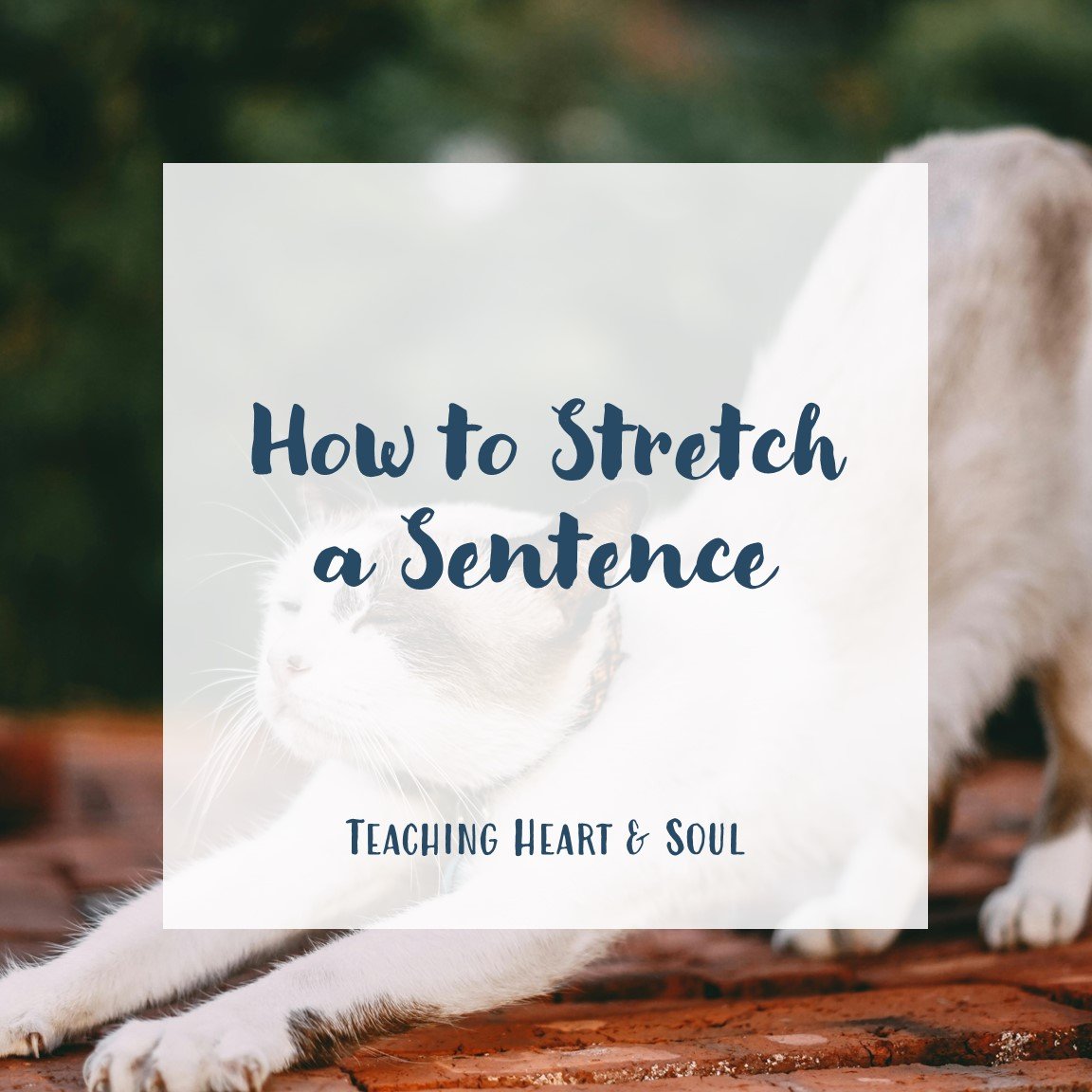
Expanding Sentences with the “Stretch a Sentence” Technique
A stretched sentence includes more details than a simple sentence. So, teaching students the strategy of stretching sentences is important. For expanding sentences, students answer the questions Who? Doing What? Where? When? and Why? to make a sentence more interesting. Students can use their imagination to include adjectives to describe the subject and adverbs to add to the verbs also helps!
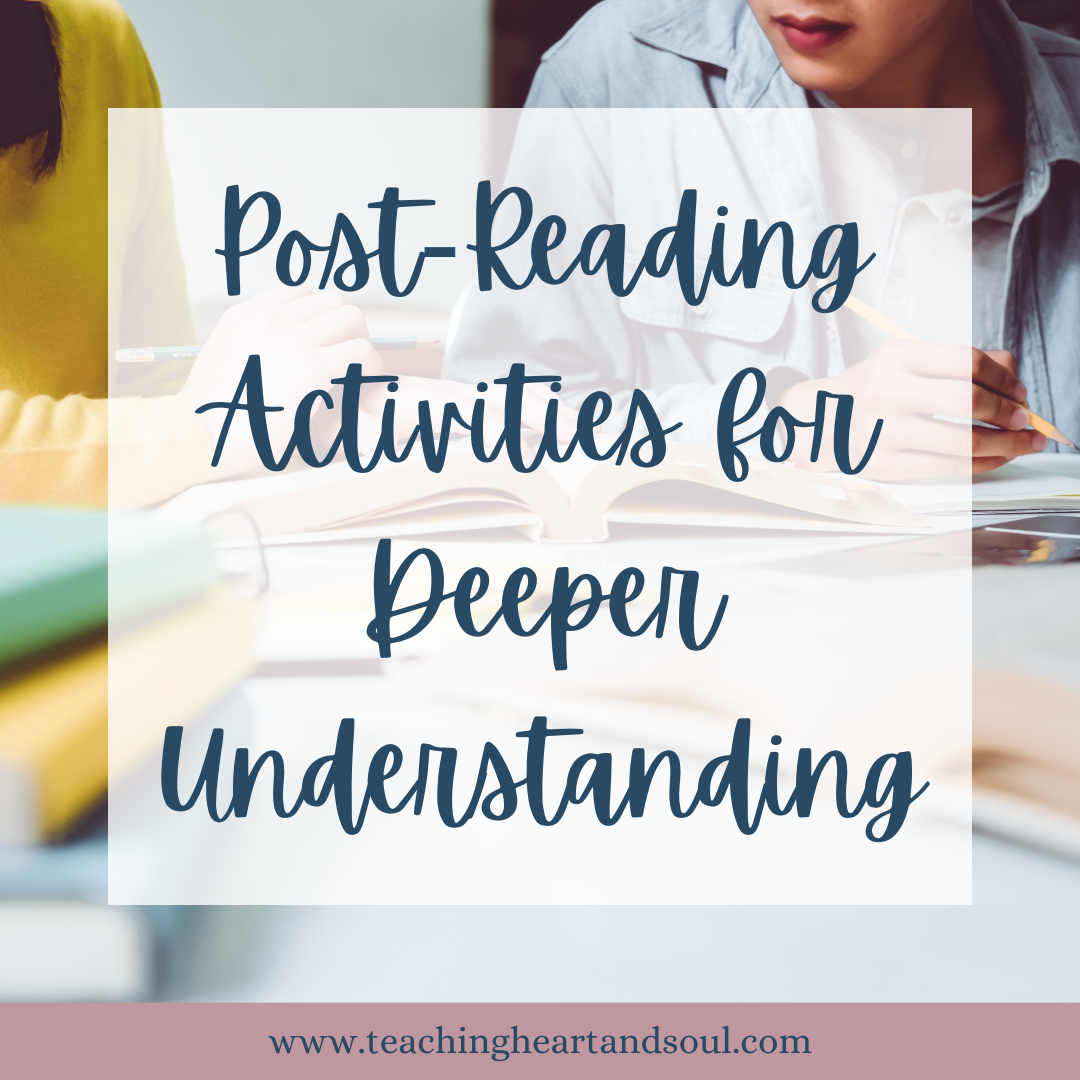
Post Reading Activities for Deeper Understanding
Post-reading activities encourage students to gain a deeper understanding through graphic organizers, news report, exit slips, class discussion, role play, and student responses to questions crafted to encourage students to dig deeper. These after-reading activities get students to analyze the different concepts in a story, including character analysis and main idea exploration of the reading.
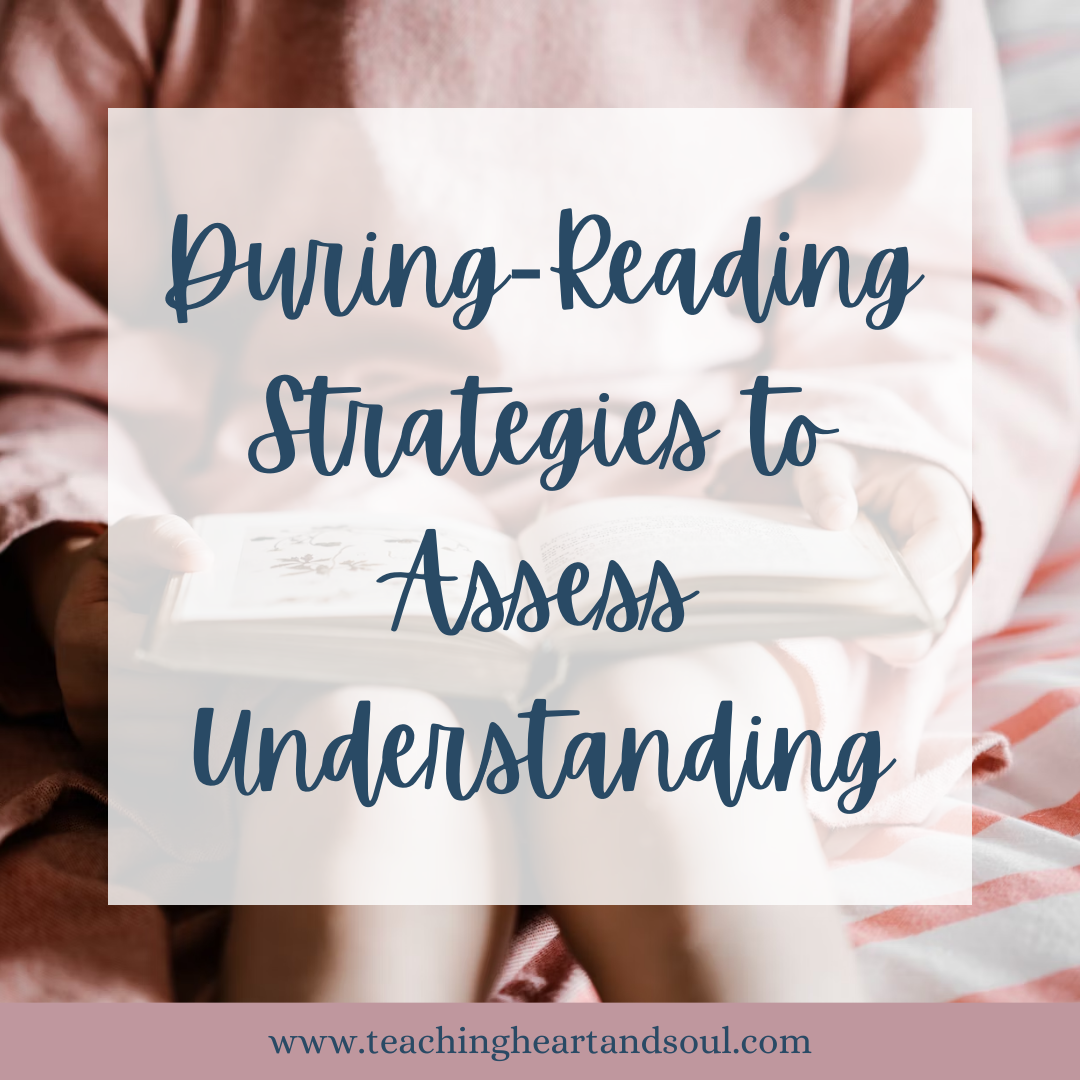
During Reading Strategies to Assess Student Understanding
During reading strategies are helpful comprehension strategies to assess student understanding during a reading lesson. These reading strategies provide students with opportunities to practice reading comprehension, using a graphic organizer, note-taking, and critical thinking skills.
Reading strategies like KWL, Reciprocal Teaching, and Story Maps help students organize information as they read.
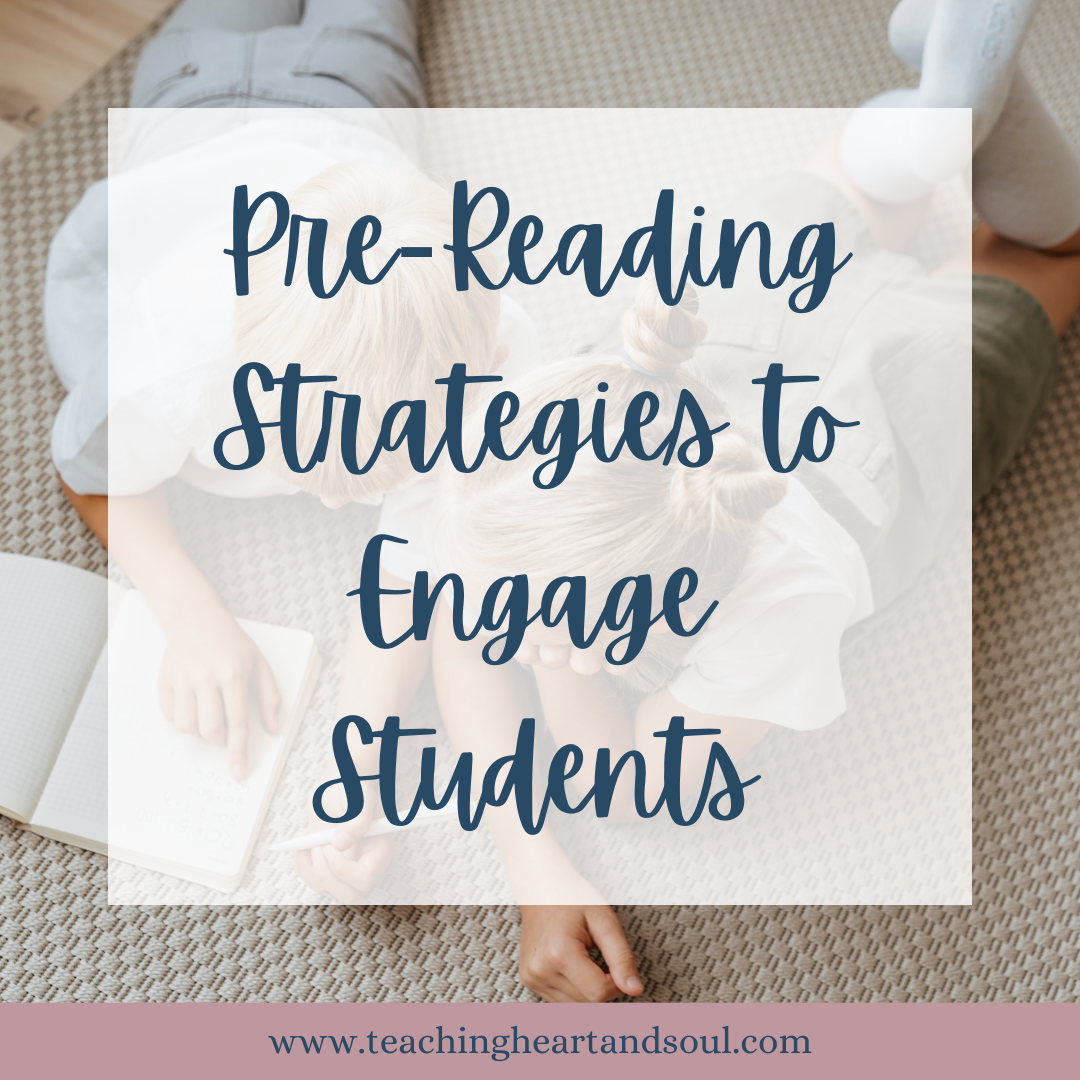
Important Pre-Reading Strategies to Engage and Prepare Students
A pre-reading strategy is a great way to activate prior knowledge and prepare students for reading. Pre-reading strategies build background knowledge and encourage students like English language learners and struggling readers to comprehend a particular text.
Before students begin reading, they can activate prior knowledge, set a purpose, review key elements, see the big picture, practice note-taking, and get a general understanding of the text by using a graphic organizer or other pre-reading resource.

Effective Reading Comprehension Question Ideas
A reading comprehension question will encourage students to learn more about the main idea in a story. It will encourage students to have class discussions about the comprehension questions, such as inference questions and questions requiring text evidence, which will help with understanding. Main idea questions that require students to write about what happened will keep the reader engaged.

Important Benefits of Reading Aloud for Reading Comprehension
Reading aloud will produce fluent reading in students and increase their reading comprehension. Additionally, it helps students with vocabulary and literacy development.
The benefits of reading aloud are many, but seeing students excited about reading makes read alouds an easy choice.
Find engaging books with rich language and complex ideas and students won't even realize they're learning!

Scaffold Writing Instruction to Help Students Become Confident Writers
It’s so important to scaffold writing during the writing process so that writing tasks are more accessible to students.
Writing success comes from these scaffolding strategies, such as using mentor sentences, mentor texts, and graphic organizers.
When teachers support students with scaffolds such as a graphic organizer or a sentence frame, they become confident writers who see writing success!

6+1 Writing Traits to Guide the Writing Process and Assess Student Writing
The 6+1 Writing Traits is a widely recognized framework developed by Ruth Culham to guide and assess the quality of writing using seven traits of writing. This comprehensive approach to teaching writing provides a writing model to improve writing skills and assess student writing.
Quality writing doesn't have to be difficult to achieve. Using the six traits writing model helps students produce good writing because they learn the new skills included in the six traits of writing, which help their readers understand their message.
Students' written work will soar as students learn to use their own voice to organize their writing around ideas, good word choice, mechanical correctness, and other traits of writing.
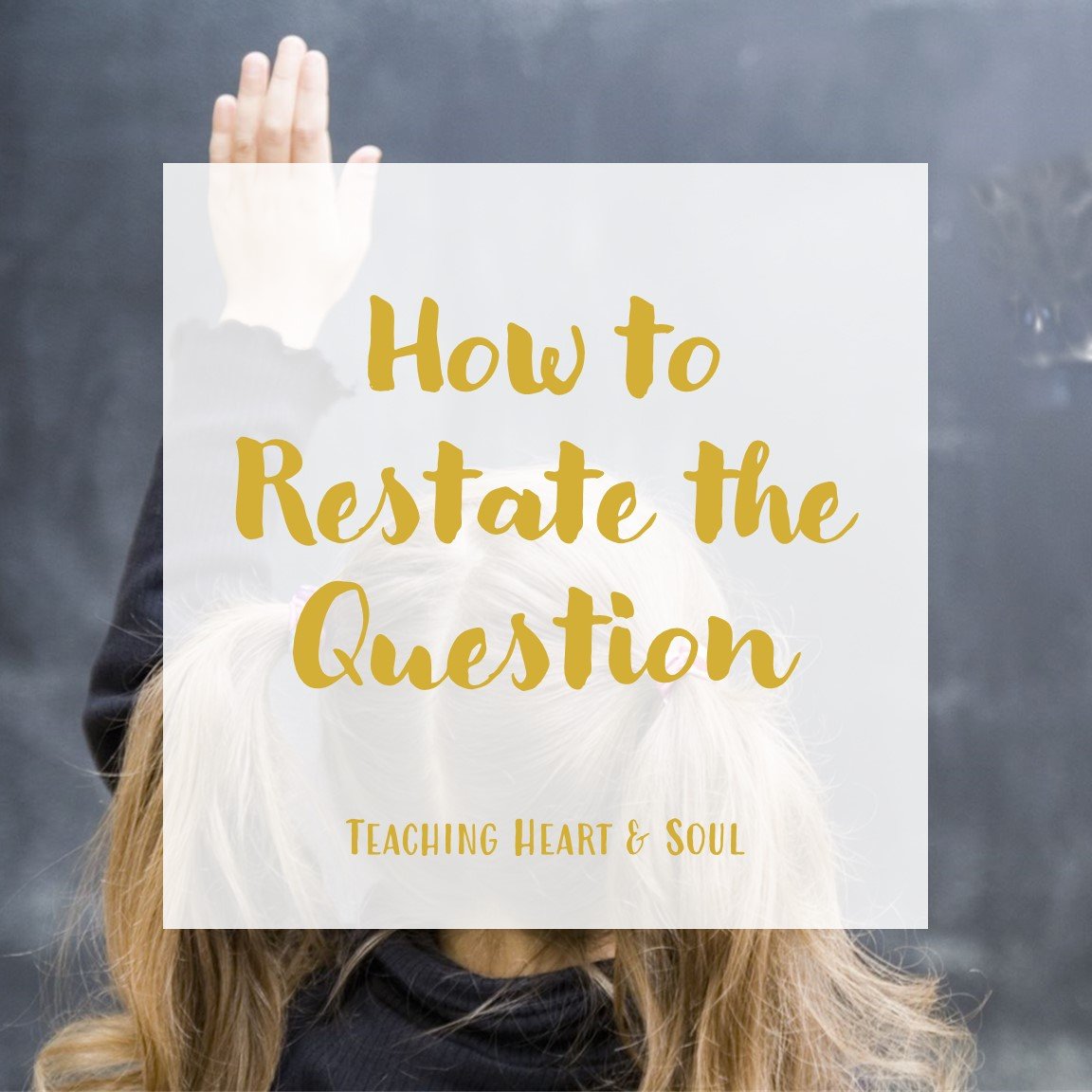
How to Practice Restating the Question
Restating the question is an important skill that students should learn. It involves rephrasing the question in one's own words to fully understand what is being asked and answer it using complete sentences. This is particularly important for constructed response tasks as it acts as test prep for state testing.
In this blog post, we will discuss effective strategies for explicitly teaching students how to practice restating the question. We will cover some steps, such as removing question words, reordering remaining words to form complete sentences, and avoiding pronouns, among others. We will also suggest using a sentence stem and color-coding words from the question to make it easier for students to understand and answer.
Teaching students how to restate the question explicitly can make it easier for them to understand and answer the questions, thus improving their writing skills.

Teaching Students the RACE Writing Strategy
Teaching students the RACE writing strategy can greatly improve their writing skills. RACE stands for Restate, Answer, Cite, Explain and can be used for short-answer or paragraph responses. Teachers can use the I Do, We Do, You Do method to directly teach this skill and provide examples of what a RACE response looks like.
To use the RACE strategy effectively, teachers should create constructed response questions that refer to a text and require students to cite evidence. Anchor charts with brief descriptions of each step and sentence starters can help students organize the skill in their minds. Students should practice the RACE response strategy with a variety of reading materials and understand key vocabulary such as constructed response question, evidence, and quote.
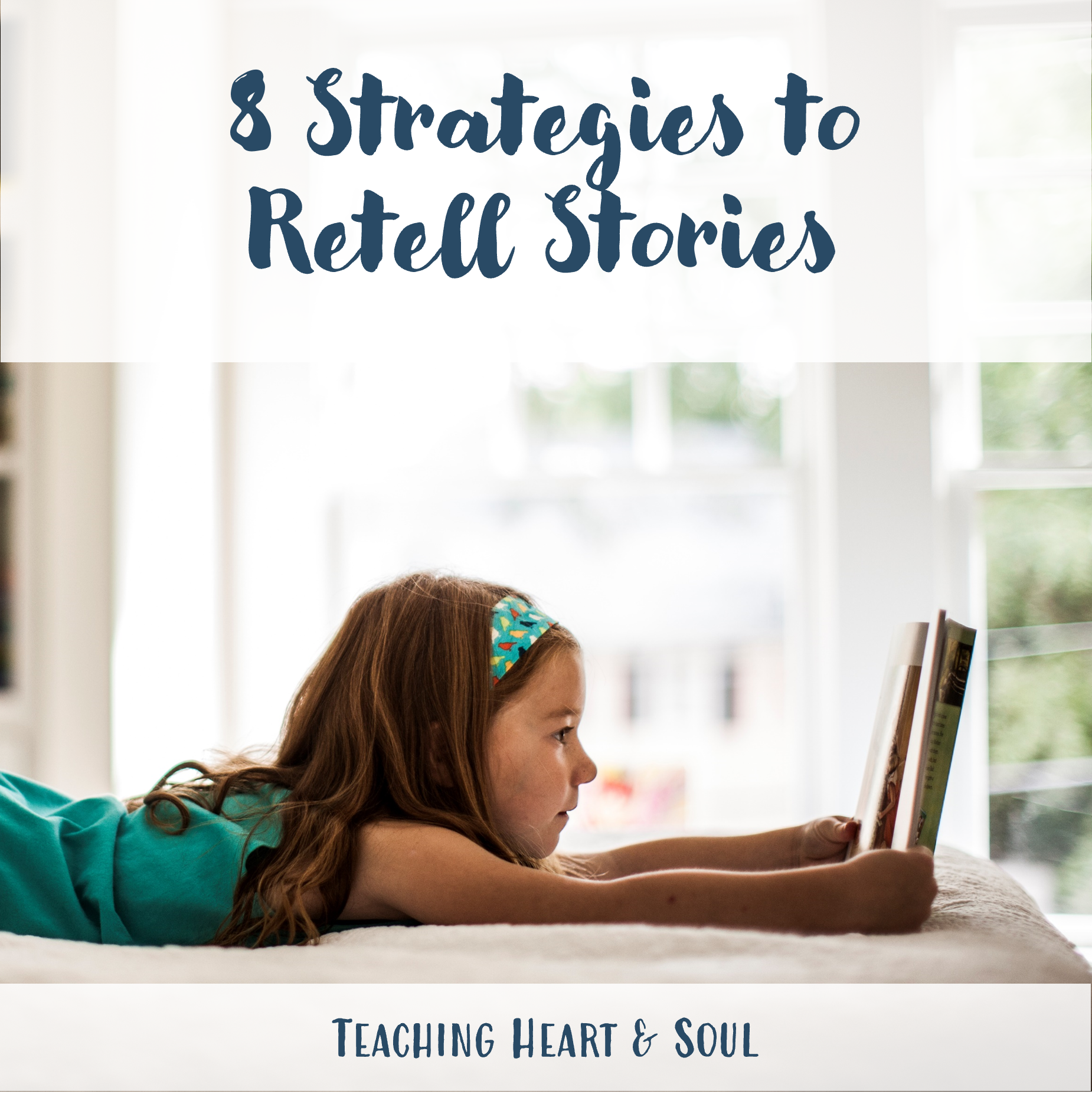
Strategies to Use When Retelling Stories
Retelling stories seems almost intuitive, but it is a learned skill, and a lot of students may need support mastering it.
Read about 8 different strategies you can use in your classroom to help your students learn to retell stories. These strategies include graphic organizers, patterns, and props to help each type of learner.
Number 5 is my personal favorite!
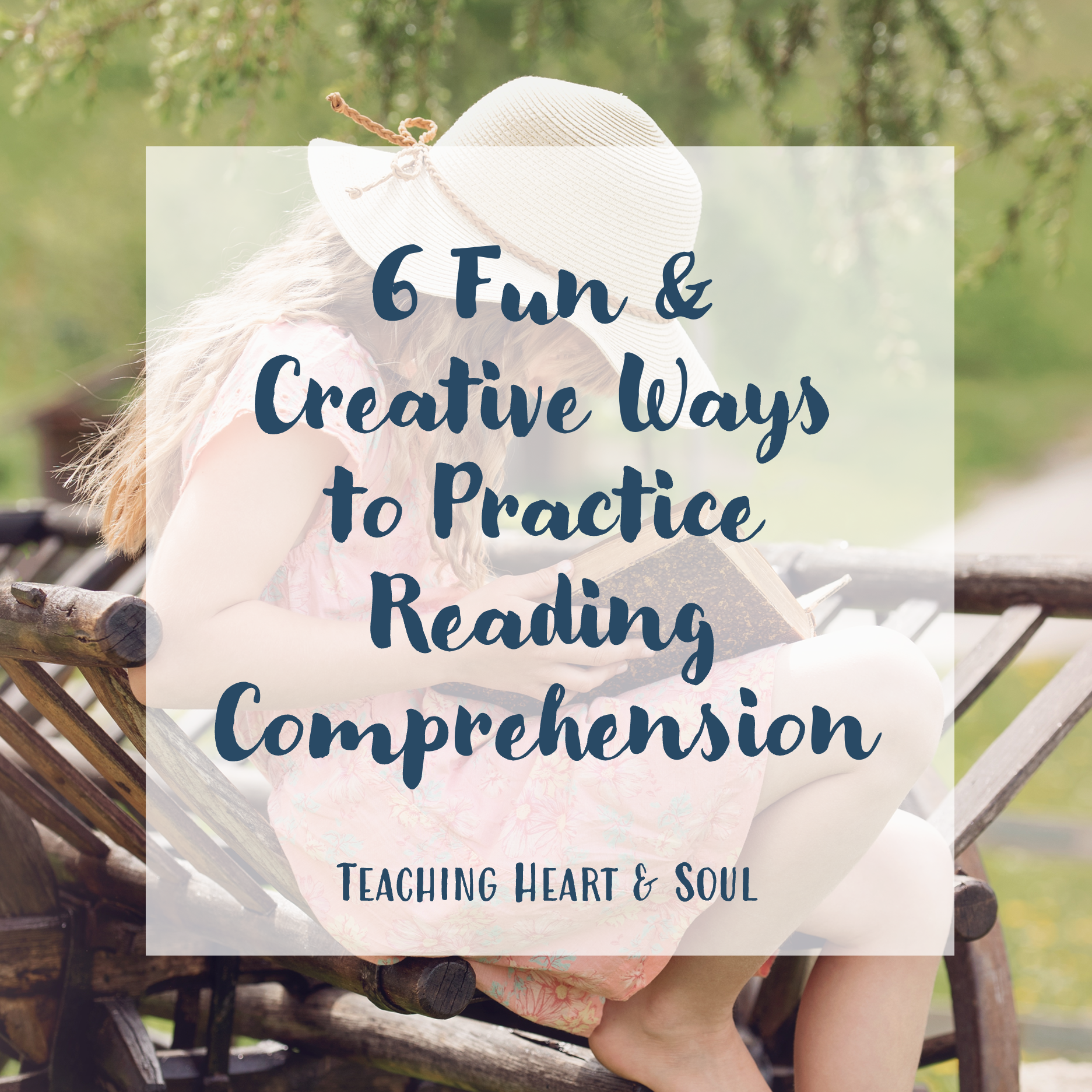
6 Activities to Practice Reading Comprehension Skills
Reading comprehension is such an important part of learning to read, but it can get boring and tiresome for students. It’s important to remind ourselves why it’s vital to make sure our students have good reading comprehension skills.
These 6 activities keep students engaged and interested when learning reading comprehension skills.

14 Ways to Teach Vocabulary
Learn about the importance of vocabulary and language comprehension within the context of reading comprehension and find out 14 specific strategies you can use to teach and practice vocabulary skills in the elementary classroom.
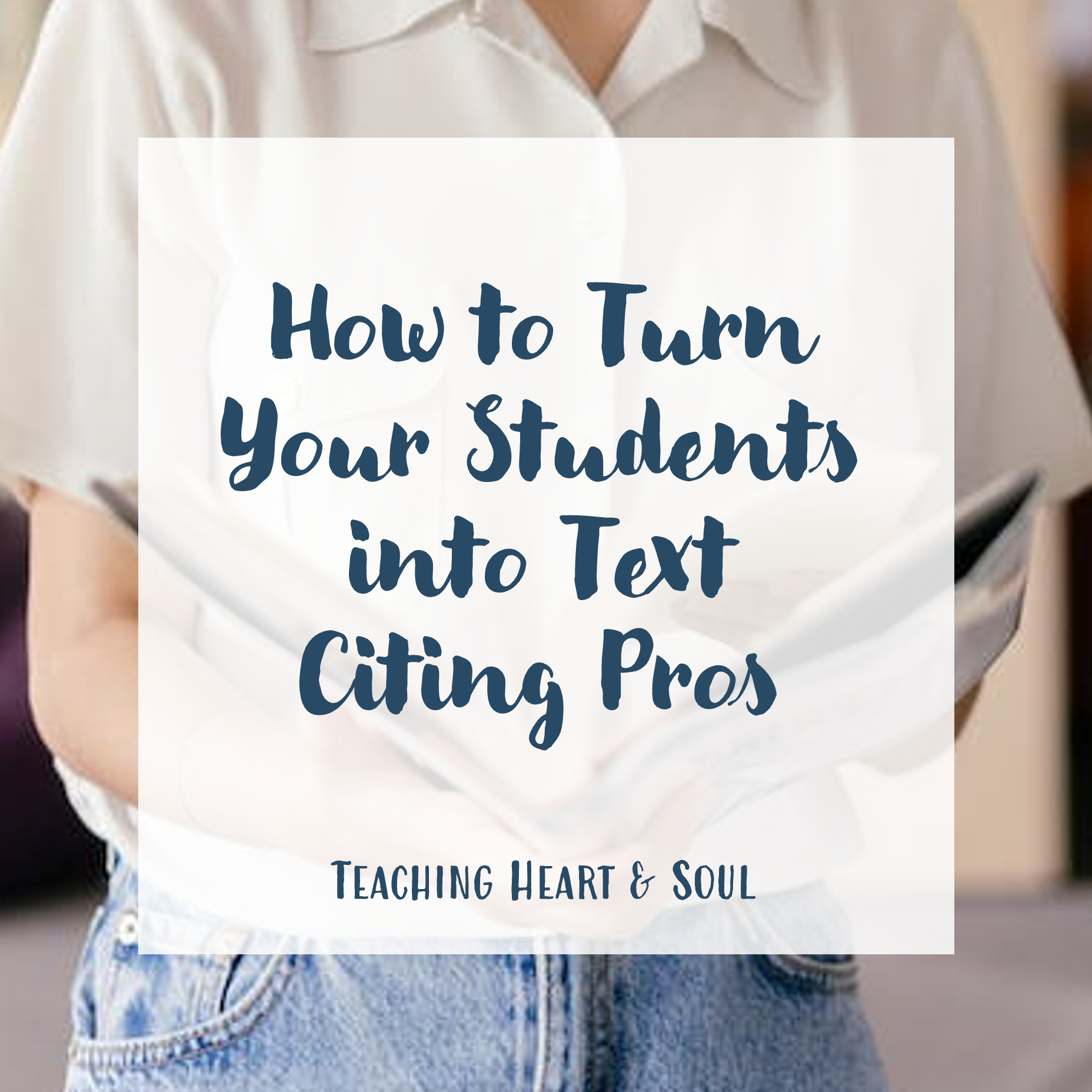
Citing Text Evidence: Teaching Strategies
Citing text evidence is a critical skill for students to master, as it not only improves their writing and reading comprehension, but it also teaches them how to think critically and make arguments based on evidence. As educators, it is our responsibility to teach our students how to properly cite text evidence in order to prepare them for success in their academic careers and personal lives.
